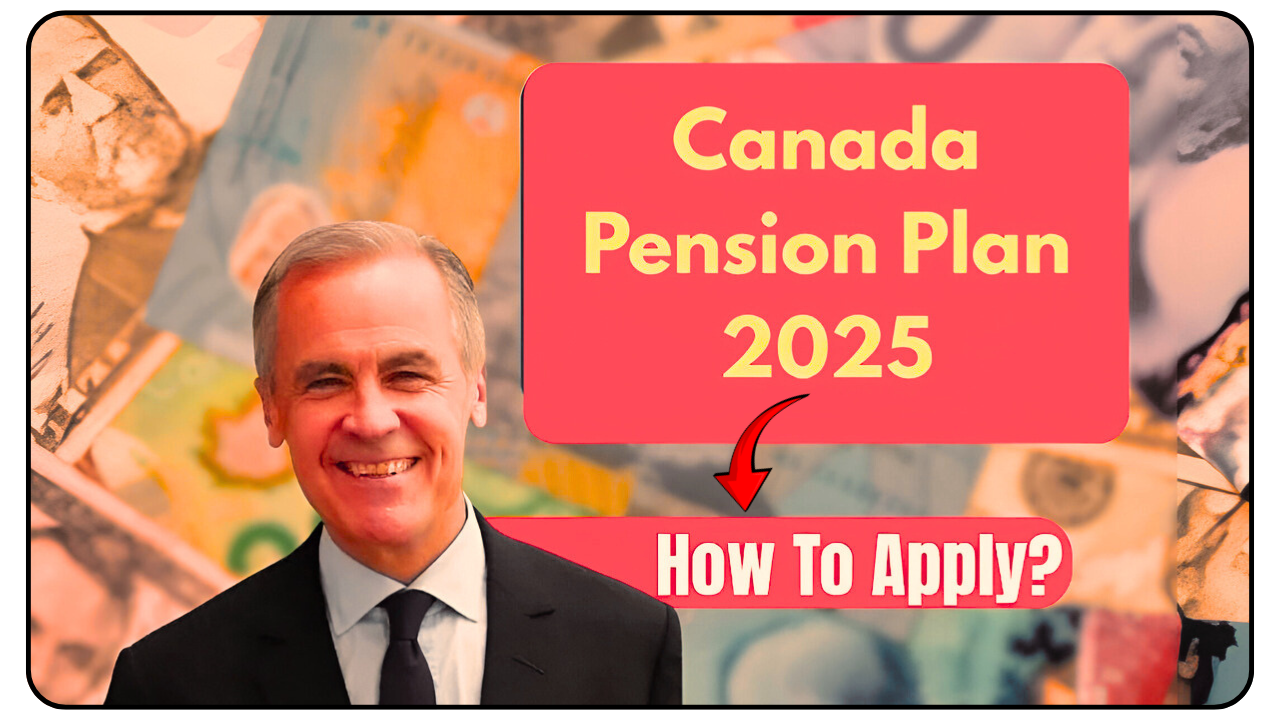The Canada Pension Plan (CPP) is getting a major update in 2025, bringing good news for retirees across the country. The maximum monthly benefit for new retirees starting their pension at age 65 is now set at $1,364.60, a noticeable jump from last year. This increase comes as part of ongoing changes to the CPP, aimed at helping Canadians enjoy a more secure retirement. Whether you’re already retired or planning for the future, here’s what you need to know about the 2025 updates and how they could affect your wallet.
Why the Increase Matters
The CPP is a key part of Canada’s retirement system, providing income to people who’ve worked and contributed during their careers. The 2025 boost of 2.7% is tied to inflation and the CPP enhancement program that started in 2019. This program is designed to replace more of your pre-retirement income—up to 33.33% instead of the old 25%. For those who’ve maxed out their contributions, the new maximum of $1,364.60 per month is a solid step toward financial stability. However, the average retiree gets around $816.52 monthly, since payments depend on how much and how long you contributed.
Key Details of the 2025 CPP Changes
The CPP enhancement means higher contributions for workers and employers, but it also leads to bigger payouts in retirement. For 2025, the Year’s Maximum Pensionable Earnings (YMPE) is now $71,300, up from $68,500 in 2024. There’s also a new second earnings ceiling, called the Year’s Additional Maximum Pensionable Earnings (YAMPE), set at $81,200. If you earn above the YMPE, you’ll pay an extra 4% on those earnings, which boosts your future benefits. Here’s a quick look at the numbers:
| Category | 2025 Amount |
|---|---|
| Maximum Monthly CPP Benefit (age 65) | $1,364.60 |
| Average Monthly CPP Benefit | $816.52 |
| Year’s Maximum Pensionable Earnings | $71,300 |
| Year’s Additional Maximum Earnings | $81,200 |
Who Gets the Maximum Benefit?
Not everyone will see the full $1,364.60 each month. To hit this maximum, you need to have contributed the maximum amount for about 39 years, earning at or above the YMPE each year. Only about 6% of retirees reach this level, according to government data. Your payment depends on factors like your total contributions, the years you worked, and when you start your pension. For example, starting your CPP at 60 reduces your payment by 0.6% per month, while waiting until 70 increases it by 0.7% per month, up to 42% more.
Other Benefits and Payment Dates
The CPP isn’t just about retirement. It also offers disability benefits, survivor benefits, and post-retirement benefits (PRB) for those who keep working while collecting a pension. For instance, if you work past 65 and contribute, you could earn extra PRB payments added to your pension. The death benefit remains at $2,500 for eligible estates. To help plan your finances, here are the 2025 CPP payment dates:
- January 29
- February 26
- March 27
- April 28
- May 28
- June 26
- July 29
- August 27
- September 25
- October 29
- November 26
- December 22
These dates are usually a few days before the month’s end, and direct deposit ensures you get your money on time.
How to Make the Most of Your CPP
To get the most out of your CPP, plan ahead. Check your contribution history on your My Service Canada Account to estimate your benefits. Contributing more during your working years or delaying your pension until age 70 can increase your monthly payout. For immigrants, contributions from countries with social security agreements with Canada may count toward your eligibility. If you’re self-employed, remember you pay both the employee and employer portions, so budgeting for higher contributions is key.
Looking Ahead
The 2025 CPP updates show Canada’s commitment to strengthening retirement security. With the enhancement program now fully in place, future retirees can expect even higher benefits if they contribute consistently. For current retirees, the $1,364.60 maximum and 2.7% increase offer some relief against rising costs. To stay on top of your benefits, visit the Government of Canada’s CPP page or use the My Service Canada Account for personalized details. Planning early and understanding these changes can help you enjoy a more comfortable retirement.
Sources:
